As we’ve been telling you all day, the first ComicsPRO retailer meeting is taking place this week – in person for the first time since 2020. We haven’t received the text of any speeches there, as we often do, but ComicsPRO President Jenn Haines, owner of the Dragon stores in Ontario, recently had a long post about comics retailers on FB which we’re reprinting here with permission. It addresses a lot of the issues facing retailers in 2023 – including just how GOOD a year 2022 was.
Heading into the ComicsPRO annual meeting this week (the first in person since Feb. 2020), I wanted to share with you my raw answers to David Harper’s questions about comics retail in 2022, which I originally wrote last month.
It’s always so interesting to look back on the year and see how the actual data lines up with how I felt about it. 2022 sales were amazing but it rarely felt that way in the moment. This is because the industry is facing a ton of challenges right now. This week’s meeting will hopefully help us brainstorm solutions that will strengthen the industry as a whole. I don’t expect us to fix it all in one week, and honestly, I believe we will be working our way through in this era of transition for a while yet. But I know we can get through it, because comic shops owners are nothing if not tenacious.
——
It was a bit of a weird one in retrospect! First off, I closed one of my three stores in a strategic move. It was the end of a 6 year lease and the location had done less to grow my customer base than to segment my customer base into their store of choice. I followed this up with a full renovation of my flagship store, breathing new life into the space and bringing in new customers who somehow could suddenly see the store for the first time.
Sales numbers overall were extremely strong. It was our fourth highest year for sales in almost 25 years, coming in 13% higher than 2021. But it constantly felt like I was fighting my way to the finish line. The numbers always felt a bit surprising, and I think that had a lot to do with the increase in costs on everything and the extra work that everything seemed to entail. That said, the business is stronger than ever and 2023 has started just as strong.
—What titles, genres or categories moved the needle in the comics space for you in 2022? Conversely, what has struggled?
DC and Marvel both continued to be as strong as in 2021, with Marvel edging out DC a bit in terms of sales, with some strong issue 1s in Deadpool, Fantastic Four, and Spider-man. Fortnite x Marvel was a huge seller for us, even surpassing the Fortnite crossover with DC last year. Saga came back with a bang and hit close to the top of our sales charts immediately, with only slightly diminished numbers from the last time it came out. And Bad Idea continued to do very well for us, with strong numbers across the board from a very dedicated fan base. Our top 5 publishers were Marvel, DC, Image, Boom, and Bad Idea, in that order.
As for what struggled, well, I’m not sure I would use that word. Certainly several series posted lower numbers, but nothing unexpected. There is a lot of product on the market, to be sure, covering a wide range of tastes. As a result, there are naturally many series which sell lower numbers, which we buy for sub numbers once we determine that after the first few issues. But there were no surprises.
In the graphic novel space, Manga continued to dominate our bestseller lists. Fantasy and Horror increased in popularity while Fiction and Media Tie-ins declined a bit. Saga volume 10 was a big seller. For the first time, possibly ever, I saw a measurable uptick in sales related to comic movies and TV shows, particularly Sandman, Heartstopper, and the MCU: Dr Strange, She-Hulk, and Moon Knight. While superheroes accounted for about 20% of graphic novel sales, the books contributing to that number tended to be reprints of older material and perennial bestsellers, such as Killing Joke, which cracked the top ten for us again this year.
—Have there been any holiday specific standouts amongst your graphic novel products?
Any that saw a particularly high level of interest from your customers?
Topping the sales charts this holiday season was the new Cat Kid from Dav Pilkey, which is no surprise at all. Kids look forward to each volume of this series and lots of parents got to surprise those kids by putting it under the tree. Ducks by Kate Beaton was a big seller; there was lots of buzz around this before the holidays and it’s only growing now with all the accolades it is receiving. Lore Olympus and Heartstopper were hot all year, but additionally so in the holidays. These titles dominated our YA section and were sought out by parents looking for gifts for their teens. Sandman, a perennial bestseller, was even hotter this year, due to the Netflix show.
Oh most definitely! Manga accounted for 30% of our graphic novels sales this year, which was an increase of 5% over 2021. In fact, with sales increasing across the board over last year, our manga sales actually doubled from 2021 to 2022. Our bestseller charts are dominated by manga, with Chainsaw Man volume 1 outselling everything else at both locations. There are still supply chain issues, unfortunately, as printers scramble to fill backorders and keep up with the demand. But, things are definitely improving on that front, and availability is definitely part of why our sales increased so much this year over last.
As it has been the past couple years, it was a year of changes in publishing in many ways. Was there anything that particularly guided or changed the year for you amongst all that, whether it was distribution changes, supply chain issues, the economic environment, shifts in industry approach, or anything else?
Things have been constantly changing since March of 2020 and I’m just trying to stay as agile as possible to be able to pivot with each change. Each change brings new systems to learn and new ways of doing things. But I do feel like the changes have enhanced the industry in several ways, some of which we may not even be able to see right now. As we journey through this ever-shifting landscape, we are becoming an increasingly stronger industry. Comic retailers know how to fight and how to adapt. We are dedicated to comics and we love what we do. We are loyal to our communities and want to see them grow. We’re feisty and outspoken. But all of this means we are incredibly capable of getting through these changes and coming out the other side that much stronger.
—Speaking of the economic environment, how do you feel those elements, whether it’s inflation or rising gas prices (for a time) or anything else, affected your year? Did you feel an impact from that in a real way?
As a hybrid store, the game side of things really struggled a lot more than the comics side did. We’re still seeing massive shortages in terms of paper and plastics, so things like card sleeves have been extraordinarily hard to get and the price on paper has gone up considerably for things like Magic and Pokemon cards. But, because the card gaming industry is so cutthroat, it’s almost impossible to raise prices to balance these increasing cost. So we’ve seen our margins on those items shrink quite dramatically. Comics, on the other hand, have stayed relatively the same in terms of profit margin, with no small thanks due to the publishers, who are absorbing the increase in costs to print the comics. I’m not sure how much longer publishers can keep doing this before they have to increase cover prices. The bigger issue in the past year in comics is skyrocketing shipping costs. Retailers have seen their profit margins slashed by the cost of receiving orders, especially from Diamond Comics. As a result of conversations with them about how detrimental this is for shops, Diamond is working on a couple of things that should help bring costs down for retailers. But, we are talking about an increase from ~5% to ~20%, and that’s something no store can weather without impact.
—The distribution space continues to change and evolve. How are you feeling about your distribution partners right now, particularly on the single-issue side?
I come at this from a bit of a different angle, because I am working directly with distributors in my role as President of ComicsPRO, actively having conversations with Diamond, Lunar, Penguin Random House, and Universal. Most of these conversations revolve around looking for ways to make the industry work better for everyone. For example, the ComicsPRO board meets with PRH twice a month to communicate retailer concerns and work with them on website updates and packing solutions. These things definitely take time, but they are being actively worked on. I can happily report that all the distributors are emotionally and financially invested in helping retailers and making the best choices for them within their limitations. From what I’ve seen, they are all making a great deal of effort. That said, not one of them is perfect, and I will continue to advocate for retailers’ needs with an eye to the growth and strength of the industry.
––One of the common stories I’ve heard this year is that there’s just a lot of comic product these days. A lot of graphic novels. A lot of comics. A lot of variants. A lot of a lot of things. How has that affected your shop and your approach this year? Have you had to change anything about the way you think of things because of that?
I kind of feel like this comes up every year. I think it’s a valid feeling, because there IS a ton of product and it’s hard to keep on top of everything. But lots of product is good. It means there are books on my shelf to satisfy any customer, and that’s a really positive thing. That said, I did make three major changes this year to try to mitigate the risk inherent in carrying a robust line of comics and graphic novels. First, I returned to a policy of only ordering variants for customers. I was wasting too much money putting variants on the shelves for possible sales, instead of putting that money into guaranteed sales, whether that was more of the main cover, or more of another title, or a different title entirely. Second, I started ordering lower quantities of graphic novels and reduced superhero ordering to bestsellers almost exclusively. Third, I changed our subscription policy; we adopted a system that actually works and has completely eliminated delinquent files, through weekly invoicing through Square and a hard cutoff after 4 unpaid invoices. It has made a huge difference!
—There were a lot of new customers and excitement around the medium in 2020 and the monster success of 2021 industry wide. Has that continued into 2022, or has it started to slow?
It has definitely continued! DC and Marvel still account for about 60% of our comic/GN sales, which is consistent over the past several years, with Image increasing in sales quite a bit this year. Comics have stayed steady, while graphic novels (including manga) have grown by about 5% of our overall sales over last year. That’s huge! That tells me that graphic novels and manga are bringing in new readers on a regular basis. And there are certainly new subscribers coming in, because consistent numbers mean that subscribers who are reducing or canceling their pulls are being replaced by new people.
—Publishers are always trying new things, and 2022 has been no different. Have any stood out to you, either for working well or not working as well as you might have hoped ?
With so much change and diversification in the world, publishers are trying whatever they can to make product that sells. I’m happy to pick and choose from their offerings to suit my customer base. There are always going to be surprises in books that either hit or flop, and it’s impossible to predict that, as it might just come down to timing. Sometimes it’s just a perfect combination of story and art and whatever else is on the shelf that week and whatever’s happening in the world that determines a book’s success. That’s just the nature of the industry.
—How are you feeling about where the comics medium and industry is headed as the calendar turns to 2023?
I’m honestly so positive about comics. The entire medium continues to grow in prominence, with more excitement around comics in movies and on TV. There are so many people coming back to comics or getting into them for the first time. The fact is that what sales numbers we have show that the industry is growing and I think that’s going to continue. The increase of cost of living is the one threat on the horizon, but we are really benefiting from a post-pandemic “treat yourself” mindset, in which people who felt that they’d deprived themselves during the last few years are going out of their way to do more things for themselves and justifying greater indulgence in their purchasing.
I do think we have some big priorities for the coming year, which will mostly involve distributors working together. The whole industry, from publishers to distributors to retailers, needs sales data, pulling together data from all distributors into sales charts that we can use to help inform purchasing decisions. We also really need consistency in how data is handled at the publisher and distributor level, in order to make retailer ordering and sales software work more efficiently. We have so much technology at our fingertips, but unfortunately it is inefficient and does not lend itself well to things like e-commerce, which has become so much more important to comic retailers in the last few years. And greater consistency in data and how it is handled by tech will give retailers a much more streamlined functionality that will counterbalance the increase of work we’ve seen with the segmenting of distribution.
Next month is the first in-person ComicsPRO meeting in 3 years, and it’ll be the first time we will have four comic distributors coming together alongside most of our publishers to speak directly with retailers. I’m really looking forward to digging into these things with our industry partners face-to-face. I truly believe our best year is yet to come as we adjust to the changes and work more closely together as a whole on what every single person working in comics wants – a stronger, better industry.


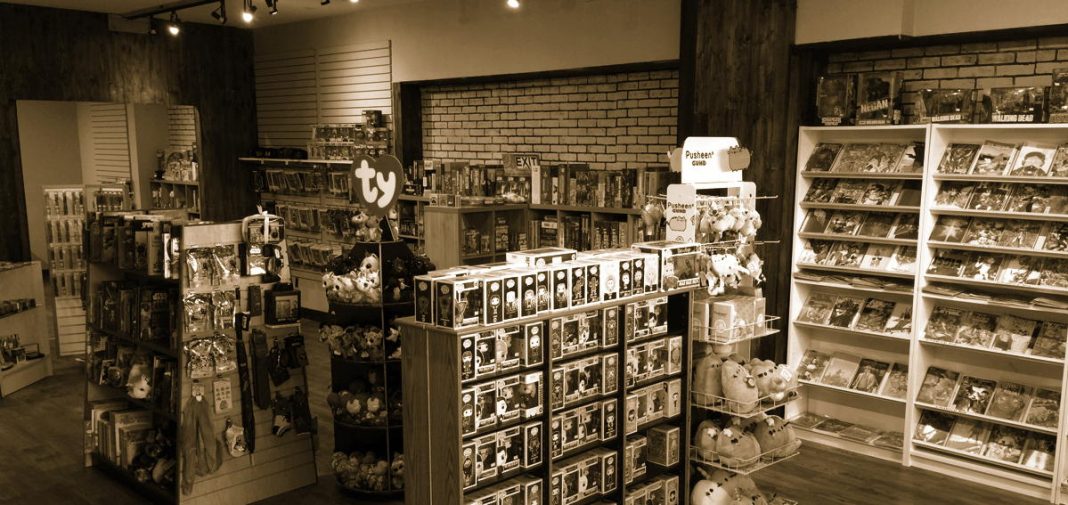
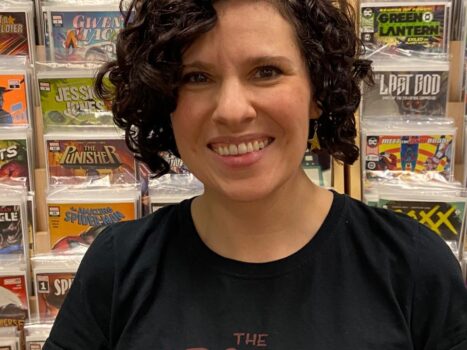

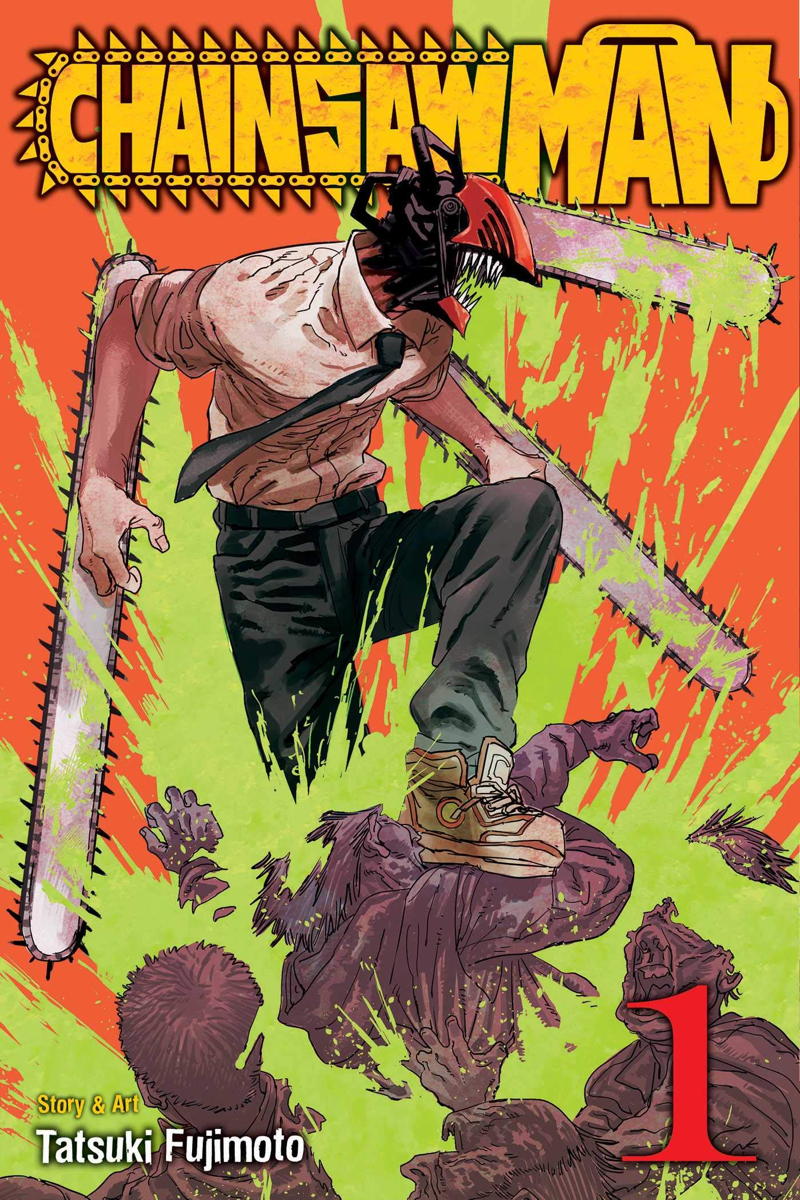

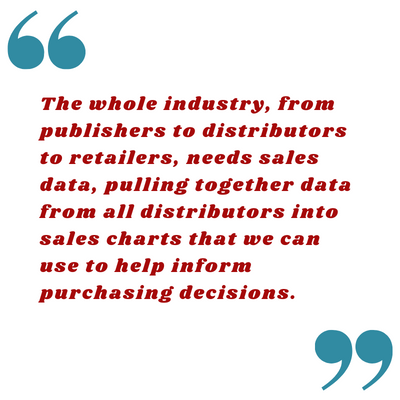
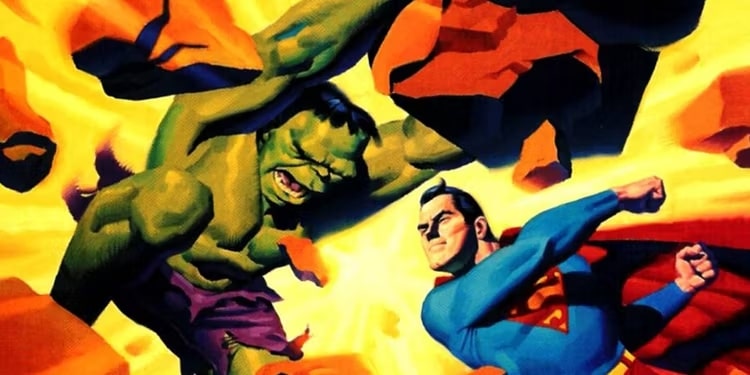

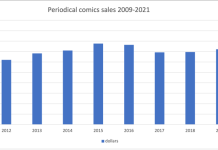
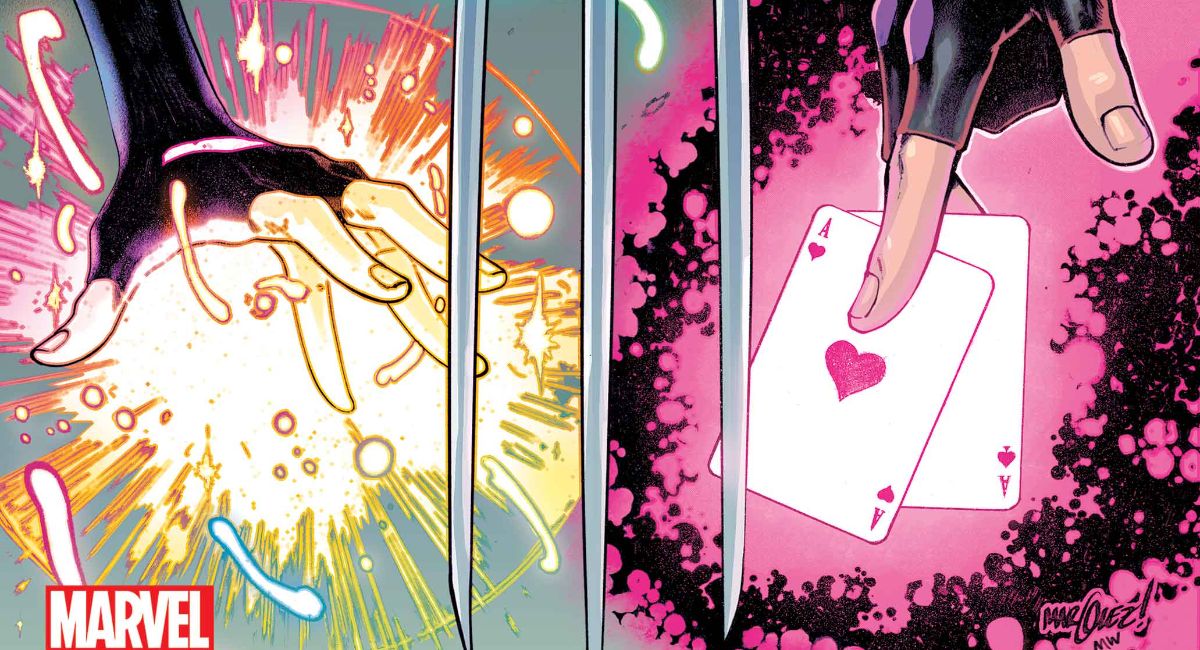



Reading this whole thing, this little part jumped out:
“I changed our subscription policy; we adopted a system that actually works and has completely eliminated delinquent files, through weekly invoicing through Square and a hard cutoff after 4 unpaid invoices. It has made a huge difference!”
Me again:
Mighty smart, I think! I know some stores have had, at times, gobs of unpaid for stuff of all kinds. Doing this seems like a good idea and though there might be variations in implementation, I think it is wise. No retailer should be expected to float weeks and weeks of material removed from the sales area because someone is supposed to come pay for it eventually. I know as a customer I would have no problem paying as I go. Kind of like I do everything else including groceries and all sorts of other consumables. I used to work retail and that holding stuff always seemed a bit off. Glad at least someone out there is finding a way to fix that crazy thing!
Comments are closed.